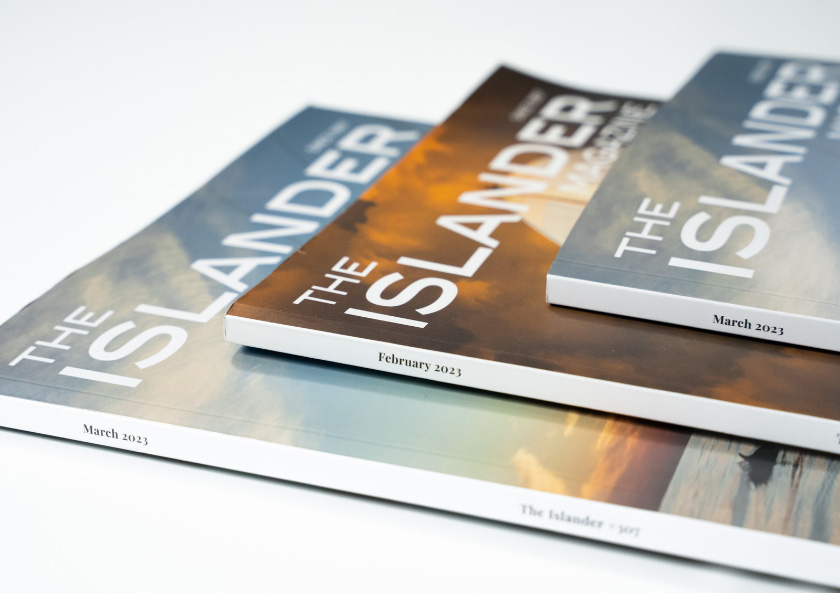It looks like we may have inflation on the global economic horizon, but we might not. If we have it, it might be a problem, or it might not. It’s one of those all too common occurrences where they say if you put ten economists in a room, they will emerge with eleven opinions.
Excuse the 5 dollar tour here, but we should start from the beginning.
Inflation is defined as the measure of the rise in prices of stuff. The stuff is figuratively, and almost literally defined by a basket of goods. A loaf of bread, a dozen eggs, a tin of beans and so on. Also added into the mix is the price of electricity, the average of mobile phone tariffs, the cost of a Playstation etc. The items in this notional basket chop and change with current trends. The idea is to attempt to identify if the cost of living for an average joe is going up, or down, and pin a dollar value to the change.
The ideal target, for most modern economies, is pinned at 2%. It is generally agreed that at that mark, economies humm along nicely. Below that folks tend to delay purchases where they can as they believe prices may drop. Above that, they perceive that goods are too expensive and delay expenditure. 2% is reckoned to be the sweet spot between the two.
Comparisons tend to be made year on year, to iron out seasonal anomalies, like Christmas etc, so we can calculate the inflation rate in June 2021, but comparing prices to June 2020. The second quarter of last year, as I suspect you won’t need reminding, was an unusual one to say the least, with many of the world’s population confined to barracks as coronavirus raged. Economically, nobody was doing much of anything, as retail, hospitality and many other businesses pulled down the shutters to weather the storm, mothballing companies and furloughing staff. Mercifully things appear to be tentatively heading back to normal so the growth in the second quarter of this year is getting back on track.
Great segments of the population were fortunate enough to be able to work from home so for the best part of a year, they have been earning their full pay, with next to nothing to spend it on. No train to work, no workday lunches, no restaurants, no holidays, no days out. Many of these have returned to capitalism with renewed vigour and are keen to spend. This wave of spending money has clashed head on with a supply chain ill prepared for a rapid bounce back. As factories closed for much of the pandemic due to distancing of staff, or drop off in demand, stock levels of everything are low, drivers to transport good about were furloughed, or laid off, and a shortage of employees across the economy has led to production levels of, well more or less everything, being much reduced from normal capacity. As day one of economics class will tell you, when an excess of demand meets a restriction in supply, prices rise fast. So if you measure inflation the traditional way, comparing May 2020 with May 2021 inflation looks rampant, in some parts of the first world rates over 5% which in normal times would sound the panic alarm, but this doesn’t take into account the dip in economic activity in the early months, so compare May 2021 with May 2019 and everything looks basically hunkydory.
So does it really matter? Well it depends. Inflation concerns tend to be a little self perpetuating. If you think prices are going to rise sharply, you are more likely to make your purchases now, rather than later, so called demand-pull inflation. If you don’t anticipate inflation rising, demand levels are more normal.
The other fuel to the inflation fire is rising costs, so called cost-push inflation. We have that too at the moment. Staff shortages across the board have pushed wages, and therefore costs higher, which is pushing the costs of transport, and raw materials ever higher, increasing the price of nearly everything. Add into the mix that governments have been fueling the economy with cash injections to keep everything afloat means there is a lot of money looking for something to buy.
So what to do about it? The traditional way is to pump up interest rates. This is already happening in Brazil, Russia and others. The theory is that you make it more attractive to save, and less attractive to borrow, so it takes cash out of the economy and immobilises it in bank accounts and investments. At the same time, quantitative easing, printing money and injecting it into the markets that has been a feature since the 2008 crash would end. If we have ‘real’ inflation this is not such a bad idea, if it is ‘perceived’ inflation, then starving the economy of spending capital at a time when businesses are keen to rebuild after the pandemic may severely stunt growth just when you need it most, and potentially increasing interest payments on personal debt that many had to take on to get by.
The next few months are crucial as the balance between perception and reality is a fine one, if this goes the wrong way economists predict a five year inflationary cycle. We need that like a hole in the head right now.
Not for the first time in the column recently we have had to conclude that these are not normal times.
Phill McCoffers – The Islander Economics Correspondent













